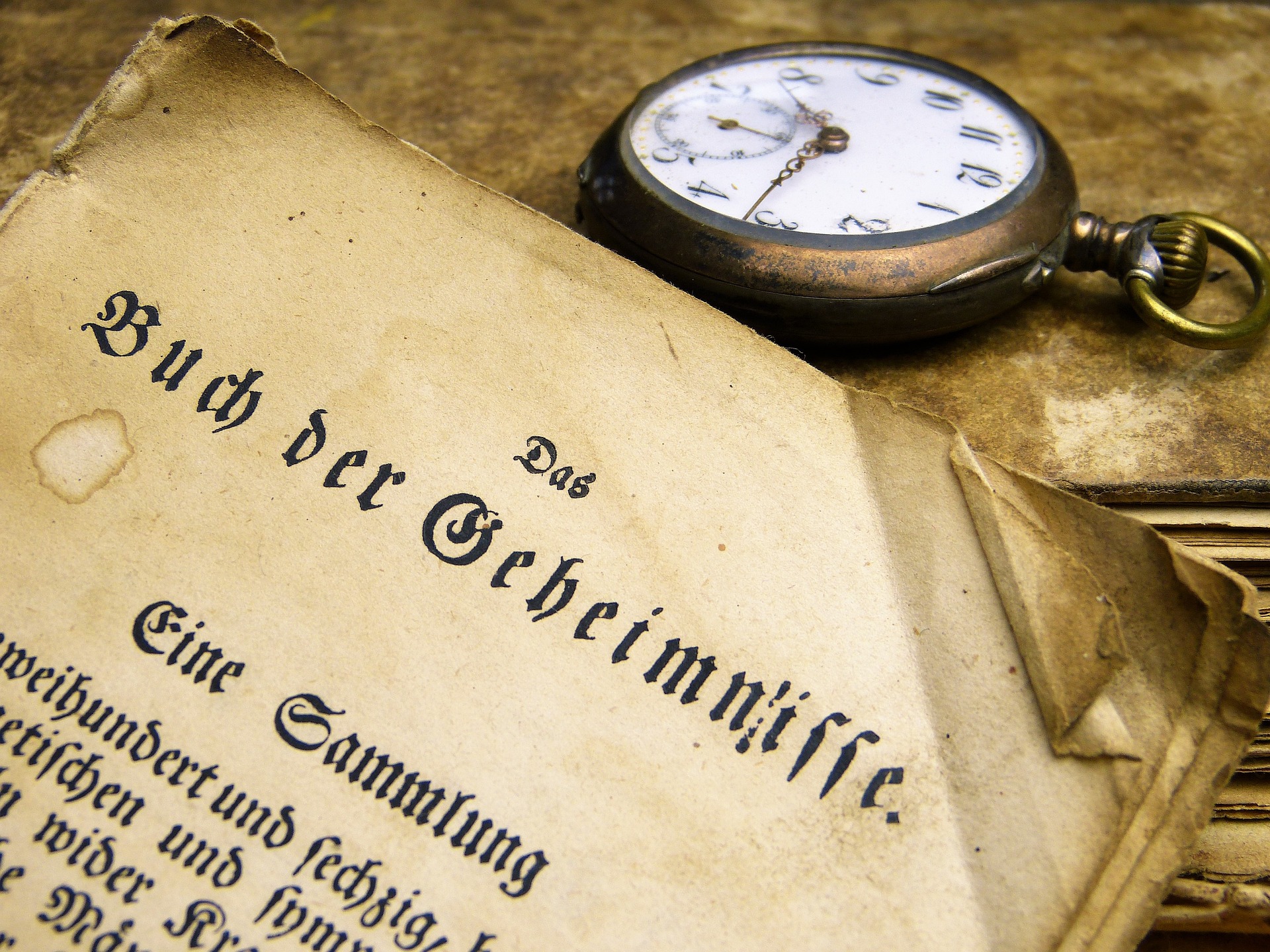Emily Dickinson’s poem entitled My Life Had Stood—A Loaded Gun can be viewed as a literary work where an evident Transcendentalist overtone is packed with unconventional poetry structure. The poem can be seen in various ways; however, as long as structuralism is concerned—it will only look upon the imbedded relationship between the speaker of the poem and its master. We can identify that the poem’s speaker is the loaded gun itself. It presents its musings from the beginning of the poem and concluded it with a paradox.
Structurally, Dickinson’s poem has a lot of line breaks and enjambments which makes each line and stanza powerful because of the tension created by line breaks and enjambments. The tension presented occurs during the loaded gun unfolding its musings—from beginning of their day by hunting a doe in the woods until ending it where its master sleeps while the loaded gun realized that it has the power to kill but it cannot die.
Applying structuralism in the entire poem will makes us infer that Transcendentalist overtone is evident. We can view that this poem follows the Transcendental idea of Immanuel Kant that, “Knowledge is concerned not with objects, but our mode of knowing objects”. Thus, the poem combines intellectual and metaphysical elements. This is observed to the two entities present in the poem. The object or the intellectual element is the master because he only concerns himself with using the loaded gun without knowing anymore about it. The loaded gun is a significant Transcendentalist element because it concerns itself in knowing the object (master). The knowing of the loaded gun is processed when it gave a finality of musing about its relationship with the master. This is seen in the final stanza of the poem where the loaded gun urged its thinking that the master must overpower the loaded gun albeit the fact that the loaded gun cannot die.
Generally, there is a beginning, middle and end in the structure of the poem even though it was written unconventionally because of repeated use of line breaks and enjambments. The poem starts with a situation that resembles a daily life of a hunter then it was ended with the paradox presented by the loaded gun. The loaded gun itself allows the readers to fixate that an imbedded relationship between the loaded gun and the master has both unification and separation. Thus, a binary opposition when defining what relationship the two entities had.
Tags: My Life Had Stood – a Loaded Gun, poem analysis, poetry, themes and literary devices, contemporary relevance, LifeThinker.







